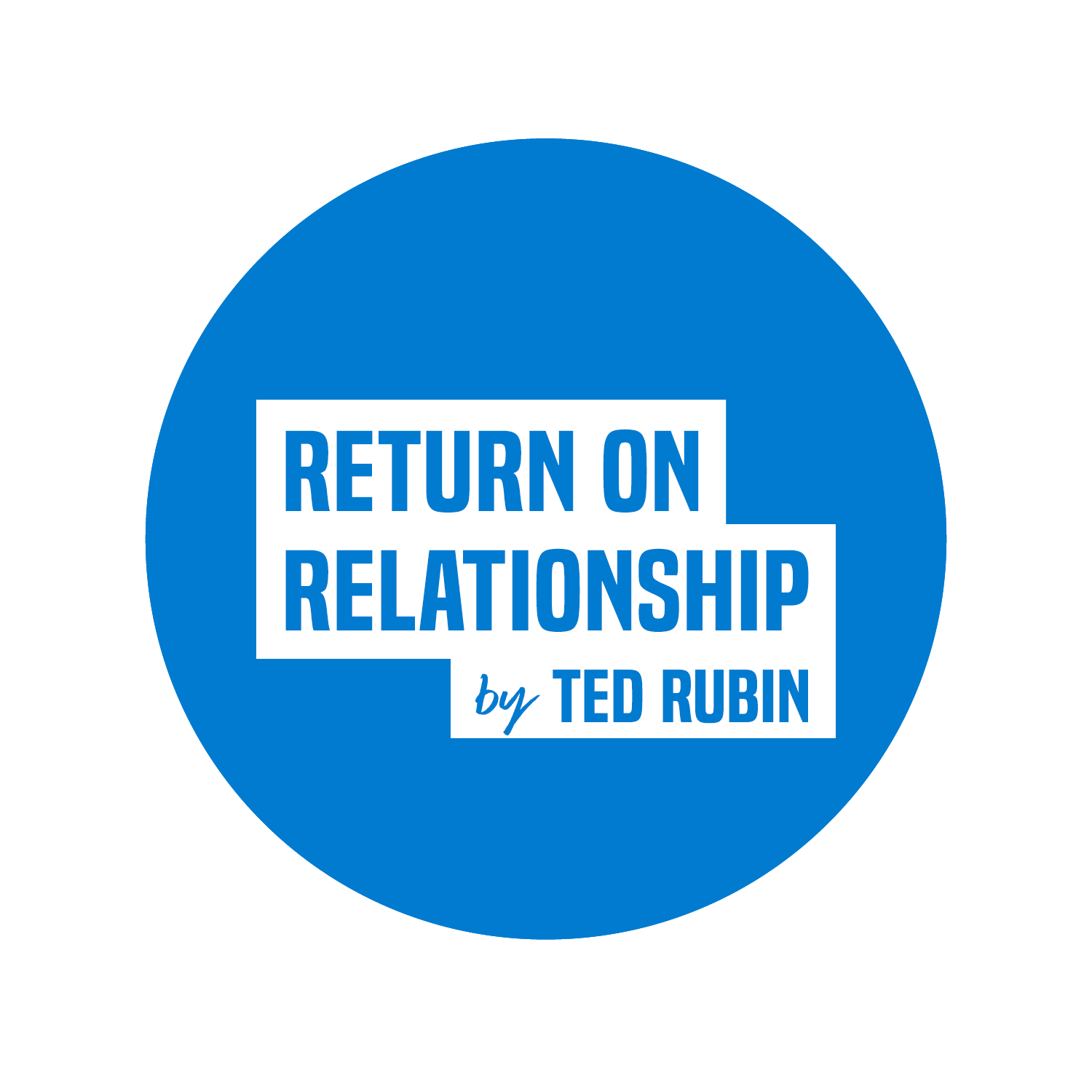It’s Time to Radically Redefine the Role of the CMO ~via @LeadTail
This role has been completely evolving since I embraced the title of Chief Social Marketing Officer, CSMO, instead of CMO while at OpenSky in 2010 and then brought it notariety at Collective Bias in 2011. I have not read Rhoan Morgan's book, so perhaps she covers it, but I feel strongly that the CMO also must begin to view themselves as the Chief Content Officer if they want to find themselves less dependent upon "advertising media" as we continue to move to a world where The Content IS the Ad.
Imagine aliens asked you to create a tourism marketing campaign for their home planet. Now imagine explaining the very human concept of the chief marketing officer to these little green men.
You might describe the CMO similar to how Gartner does:
“The corporate executive responsible for an organization’s marketing activities.”
Or use a similar definition to the one on Market Business News:
“A company executive who is in charge of developing, implementing, and overseeing marketing and advertising plans.”
But none of these definitions accurately reflect the CMO in 2021:
The corporate executive responsible for marketing and the impact it has on revenue.
Revenue impact has become interlinked with marketing in recent years, with CMOs now accountable for every single marketing dollar. So is it time for a radical redefinition of the role of CMO? For one that considers revenue?
Rhoan Morgan, CEO of marketing consultancy DemandLab, thinks so. In a recent interview for Leadtail TV, Rhoan talked to host Bryan Kramer about the changing role of the CMO as brands align their marketing and revenue objectives. You can watch the entire episode here.
Redefining the CMO
Revenue growth has become the top priority for many budget-conscious brands, so CEOs have a new mandate for marketing teams: Increase revenue performance, and increase it now.
Seventy percent of CEOs now think CMOs should lead revenue growth. But how did marketing get to this point?
“A lot of it is because of the writing and thought leadership that came out from attribution platforms and perhaps marketing automation,” says Rhoan, who further explores this topic in her new book “Change Agents: The Radical Role of Tomorrow’s CMO.”
Ten years ago, CMOs had different responsibilities — “It was still, ‘Hey, how many leads are you getting? How many sales are you closing?'” says Rhoan — and there was little connection between marketing and revenue growth. Everything was in silos back then. Marketing and revenue existed in two separate worlds.
Now, CMOs are accountable not only for influencing revenue but generating revenue. For bringing in leads. For ensuring prospects are high quality. “Quantity is no longer interesting,” says Rhoan.
CMOs now wear so many hats, they need a new closet. Part-leader, part-data analyst, part-strategic thinker, and now part-chief revenue officer.
The CMO in 2021 takes on a sizable chunk of all revenue generation processes within an organization.
Changing Responsibilities
CMOs once concerned themselves with the number of leads they generated and how many sales they closed. CMOs now have other obligations:
“Are you pulling in really engaged, really excited people that sales can talk to? Are your conversion rates really, really high compared to where they might have been?” says Rhoan.
These questions have arisen from all the martech in the last decade or so, making it easier to identify the connections between marketing and revenue growth across various channels.
While this new technology makes CMOs more accountable for revenue growth, it also lets them fulfill the mandate CEOs gave them. By incorporating the right tools into their tech stacks, CMOs can truly align marketing with revenue growth.
“Marketers are the biggest buyers of tech. They are the biggest consumers of data. They are the closest organization to the customer,” says Rhoan. “There’s not another organization in a company that is better equipped to take on this challenge today.”
Watch the entire episode here or listen to the podcast version here.



